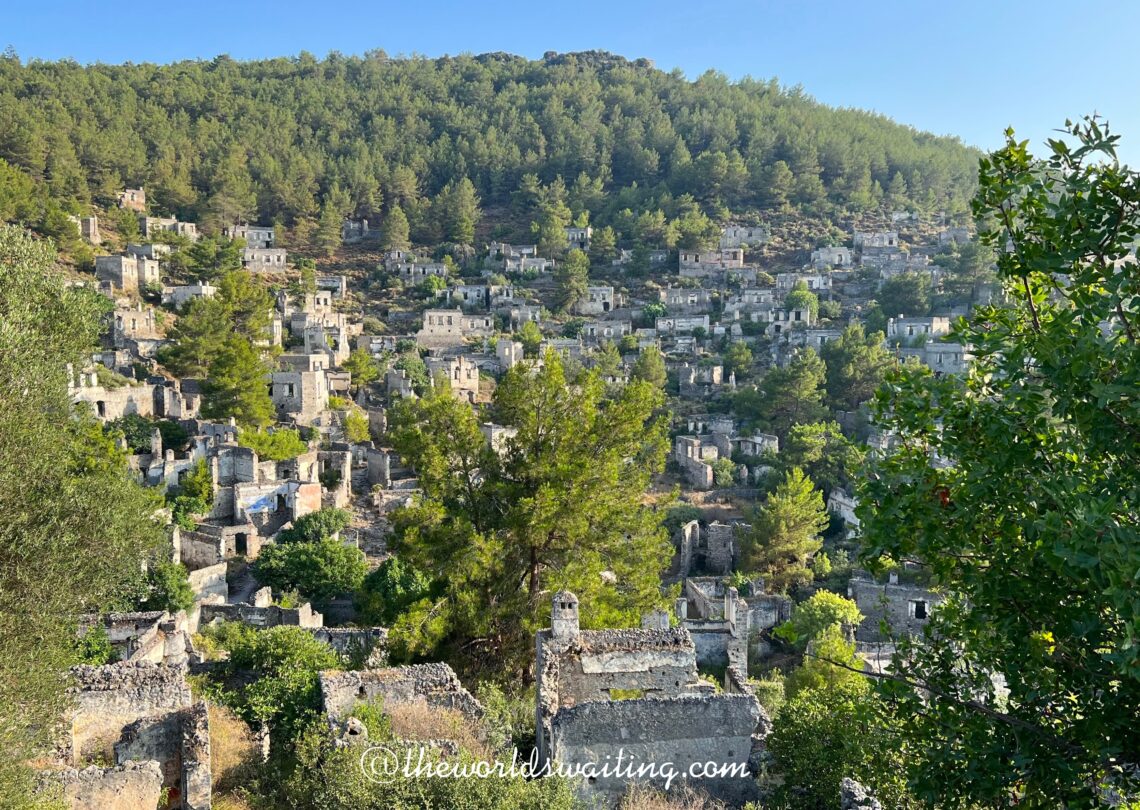
Kayakoy – The Gemstone of South West Turkey
Kayakoy is a gorgeous little unassuming country village nestled in the mountains behind Fethiye. It has changed little in the 15 years that I have known the area and continues to provide welcome relief from the tourist drag, to those who venture here. Kayakoys beautiful, abandoned stone houses on this hillside are the village’s main drawcard.
A Little History
Kayakoy has had many names over the years. Its Greek name was Levissi and its Turkish name was Karmylassos. For centuries both Greeks and Turks lived here together harmoniously and both names were used. The Turkish population worked mostly in agriculture and kept animals, while the Greek population kept themselves busy with craft and trade. However the Greco – Turkish war generated bad feeling between the two nationalities and ultimately tore this little town apart.
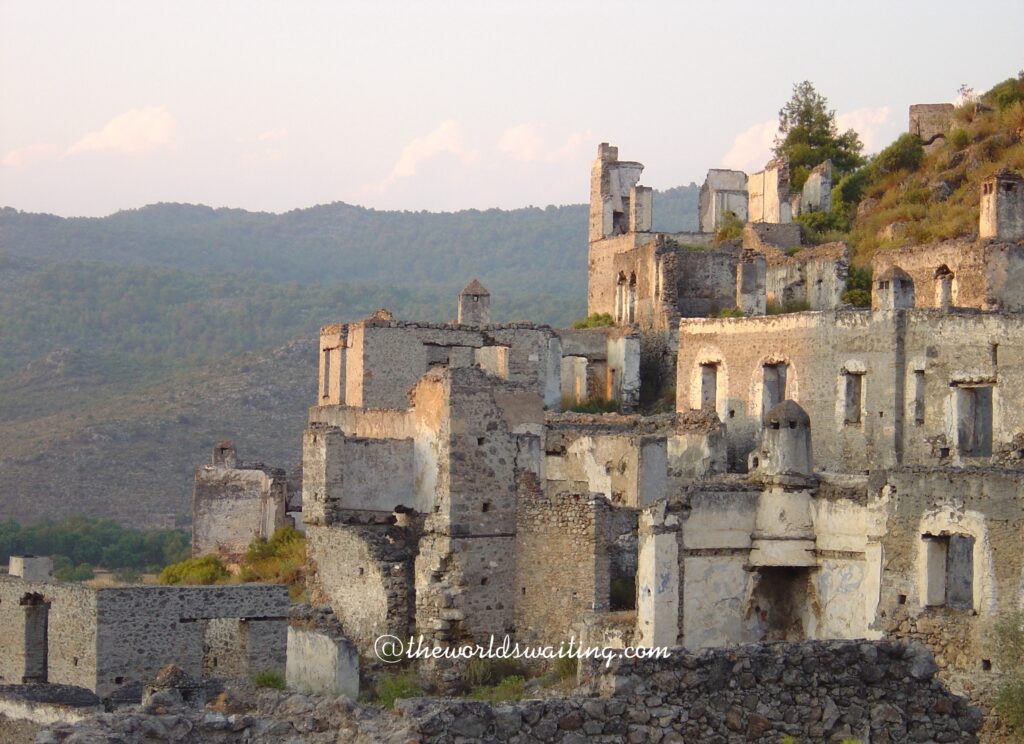
Population Exchange
In 1923 a population exchange was arranged, returning Anatolian Greek speaking Christians to Greece and introducing Turkish speaking Muslims from Western Thrace to Kayakoy. The people introduced to the area were not impressed with the local conditions and relocated to other regions of Anatolia.
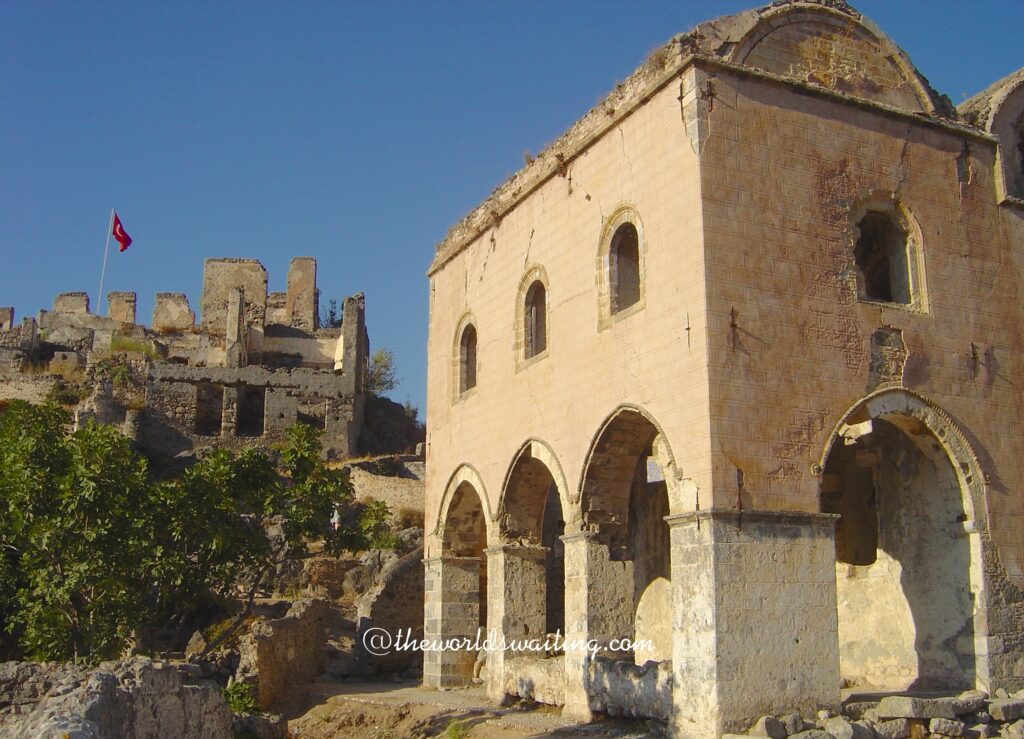
Ghost Village
This almost complete abandonment of the settlement left it to fall into disrepair and created Kayakoys nickname ‘Ghost village’ The ancient buildings which formed Karmylassos / Levissi still stand quietly on the hillside and are wonderful to explore. The village is known to have existed since the 14th century, but some architecture has been dated back to Byzantium times. The buildings are exposed to the elements and the effects of the 1957 earthquake have meant they are only ruins now but it is still possible to identify the buildings and make out certain features. The village had two churches, as well as several chapels, fountains, windmills, schools and about 1000 houses.
The houses were built up the hillside in order to not block the light and views of other houses. Fireplaces are still evident, as are animal pens and outdoor toilets. The stone houses were mostly two storey buildings containing two rooms, but further spaced out, larger houses were built, higher up the hill.
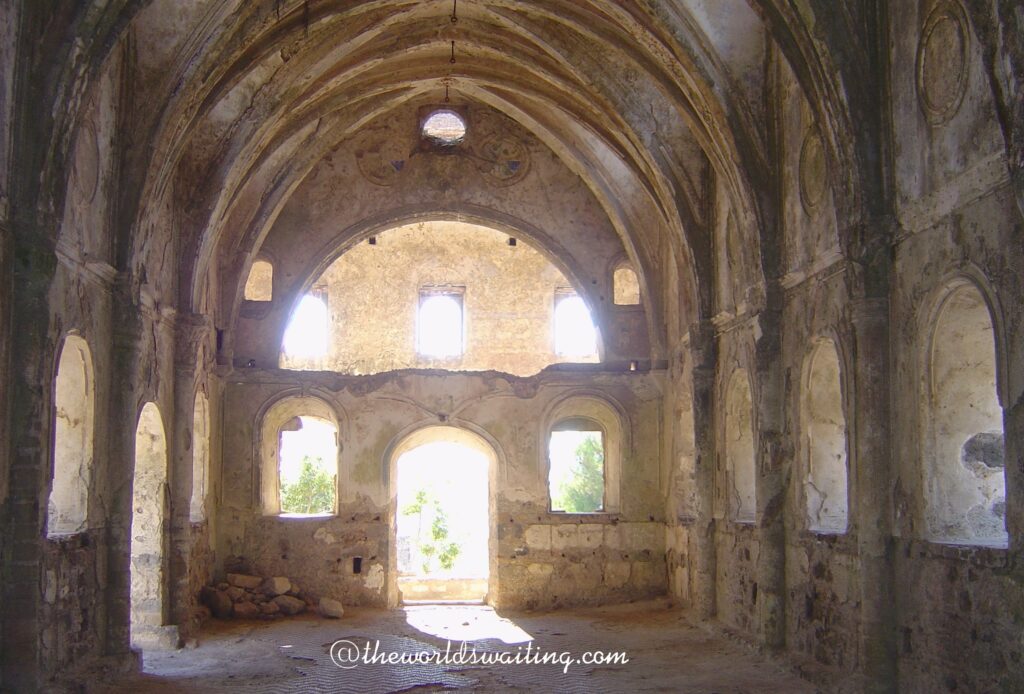
The churches are especially interesting features of Kayakoy. It is possible to walk around the inside of the larger and lower church, which was used as a mosque recently until the 1960’s and features an inscription of 1888 around the doorway, which is believed to indicate the last time the church was restored. The smaller church, higher up the hill, is not so well preserved, but worth the walk for the view.
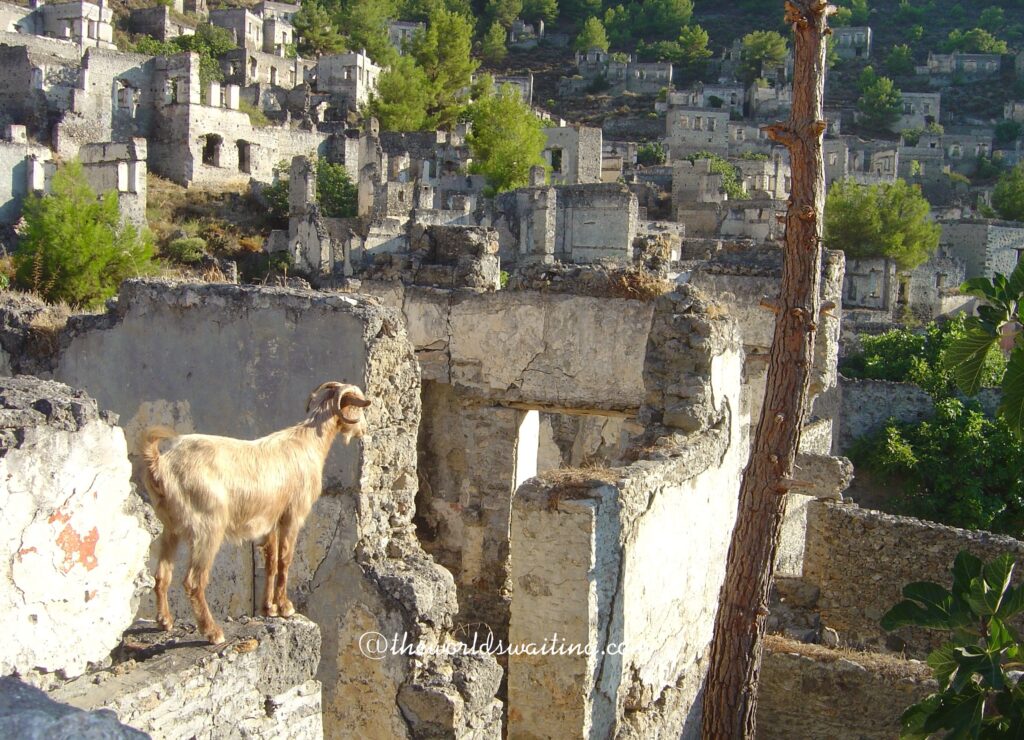
Inspiration
It is easy to see how Louis de Bernieres was influenced by Kayakoy and felt inspired to write Birds Without Wings in 2004. Whenever I have visited I have had the village pretty much to myself, but wandering around, it is easy to imagine how the village was when busy with people. The abandoned houses are like an outdoor museum and are crying out to have their stories told. It is beautifully silent, but the silence can also seem eerie, depending on your mood. The afternoon breeze is wonderful, should you be wandering around ahead of sunset. Just mind your step as the ground is very uneven in places.
Modern day Kayakoy is farming territory, although the village has also become used to the increase in tourism to the region and has several small cafes and restaurants now too. And if you’re wondering about the latest name change… Kayakoy means ‘stone village’ in Turkish, so was the logical new and current name. Locals refer to it as ‘Kaya’ for short.


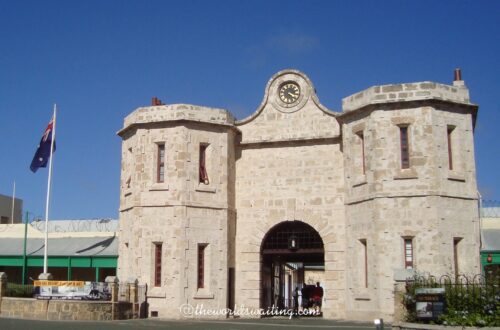
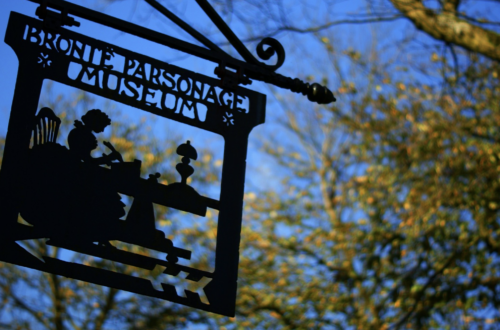
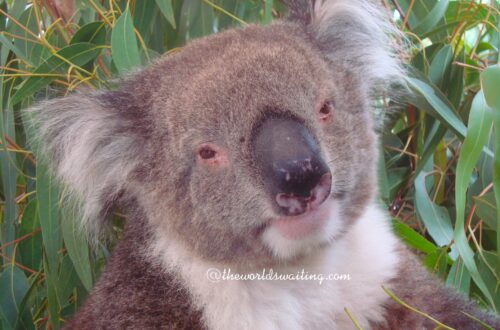
15 Comments
Turkey's For Life
Aww, we love Kayköy. It’s great to walk there from Fethiye – when the weather’s a bit cooler than it is at the moment of course! 🙂
Julia
My recent post Turkish Recipes: Eggplant Salad
Natalie
Great stuff – Due to visit Fethiye so will put it on my list of places to go.
My recent post Black Sea – Photo Story
Liv
Hi Ladies! @Julia – I had a sneaky suspicion you might be first to comment on this post! @Natalie – Defo don’t miss Kaya; it’s a really interesting and beautiful corner of this part of the world.
My recent post My 7 Links
mukuba2002
these are great phots
Liv
Thanks Mukuba – I appreciate that!
My recent post Uluru Sunrise
Jack Scott
Wonderful pictures of a place than resonates history. Greek speaking people had lived along the Aegean and Mediterranean shores of Asia Minor for millennia and were a significant part of the population of Istanbul. Turkish speaking Moslems were liberally scattered throughout the old Ottoman territories. Atatürk himself was born in Thessaloniki in modern day Greece. This made the exchange of populations between Greece and Turkey in 1923 a curious and unique episode of modern history as it was mutually agreed by both governments and sanctioned by the League of Nations. It was religious, rather than ethnic cleansing since ethnic Turks who were Christian were out and ethnic Greeks who were Moslem were in, and vice versa. A tragedy.
Liv
Hi Jack – You’re right about Ataturk being born in Thessaloniki. I always found that to be a fascinating detail of Turkey’s history. Population exchanges are a controversial thing aren’t they? Such an interesting place. I feel very lucky to have once called it home.
My recent post The wonderful whale sharks of Ningaloo
Necdet - Istanbul
Not many foreigners know about the birthplace of Ataturk. It is mentioned in many places but seldom talked about. I think the emphasis is more on his achievements throughout life rather than the beginnings.
Liv
Hi Necdet – Yes more attention is paid to what Ataturk did with his life than where he was born, which is probably the way it should be, wouldn’t you agree?
My recent post Expat repatriated (temporarily)
kaya
İşte burada tatil yapmak istiyorsanız ben yerini biliyorum..
Kaya Villas http://kayavillas.com
Liv
Hi there – Kaya is a lovely place, you’re right!
My recent post Hiking Cinque Terre
Derek
Kayakoy is a great place to go walkabout and get away from it all.
Real peaceful as I usually stay in Hisaronu when I’m holidaying there.
My recent post Please help by sharing / joining SOMA TOMORROW
Fethiye Holidays
Kayakoy is great place and we all are very sad because government is going to sell it 🙁
Sian Midgley
I live near Kaya and love spending time wandering around the village – I often have it to myself. Just a shame that it is being auctioned for development – I hope the powers that be listen to the local community and decide against it.
Liv
Really, Sian? I hope it is not ALL being developed?
My recent post Vintage Shopping in Melbourne, my favourite places